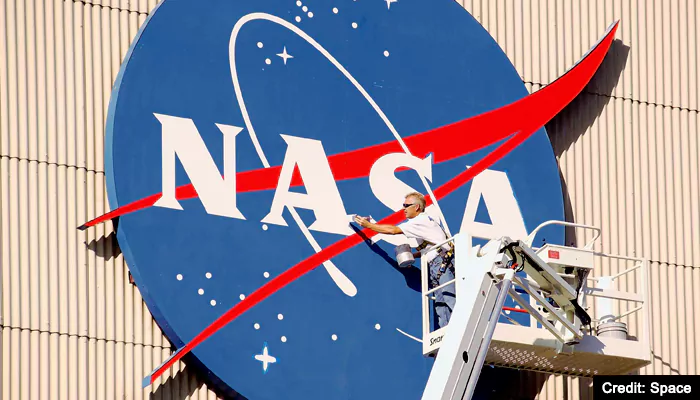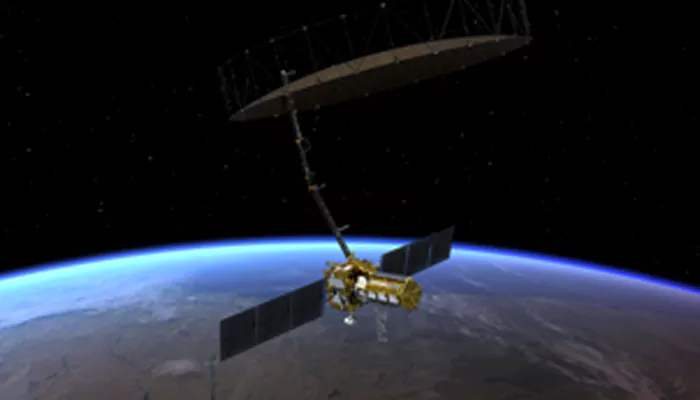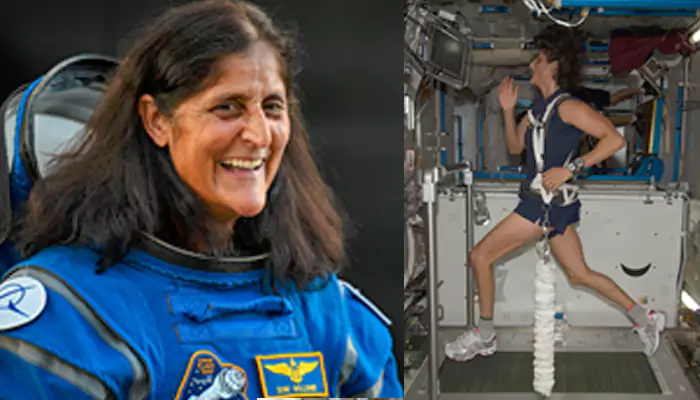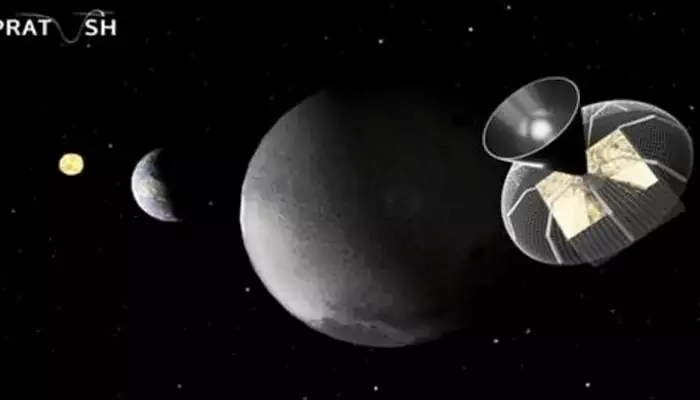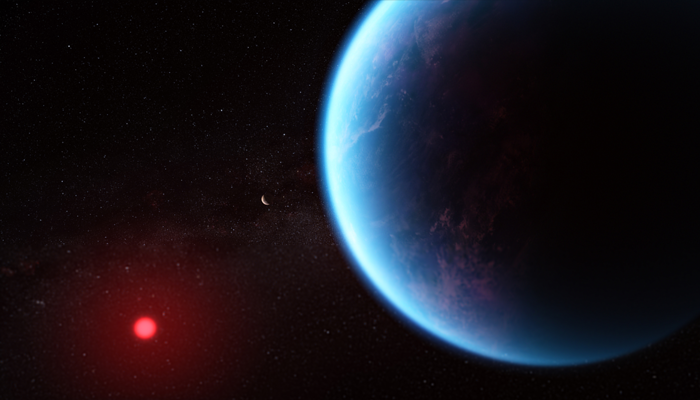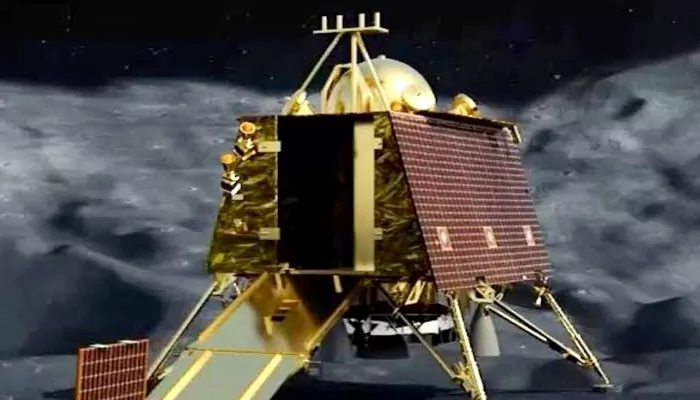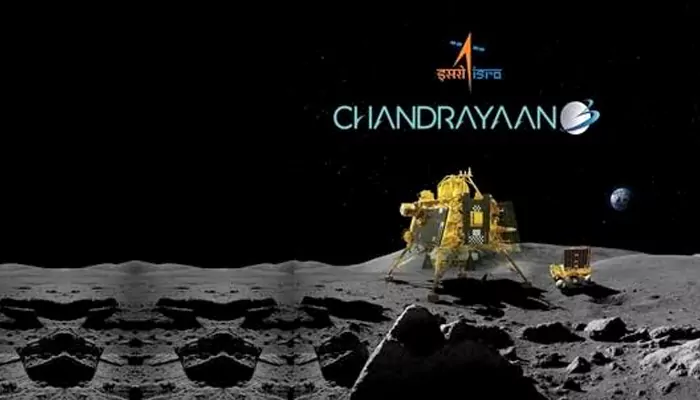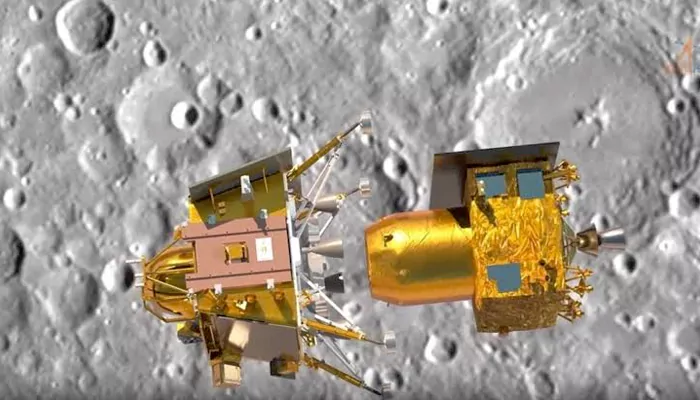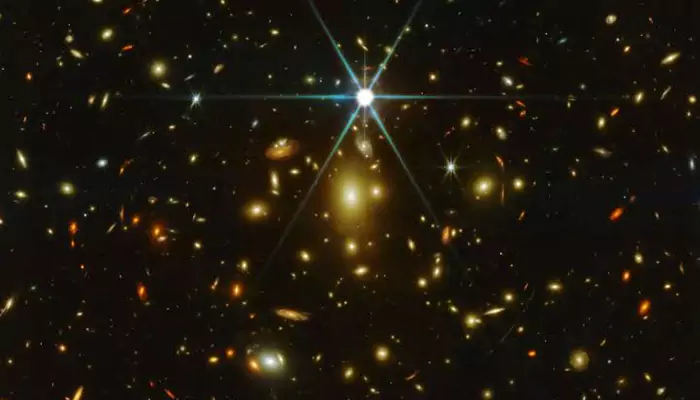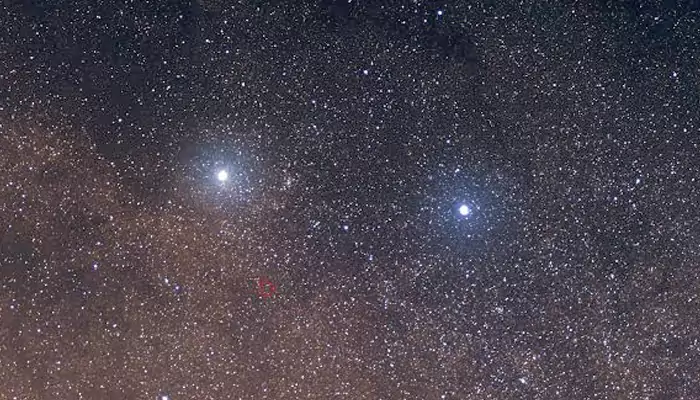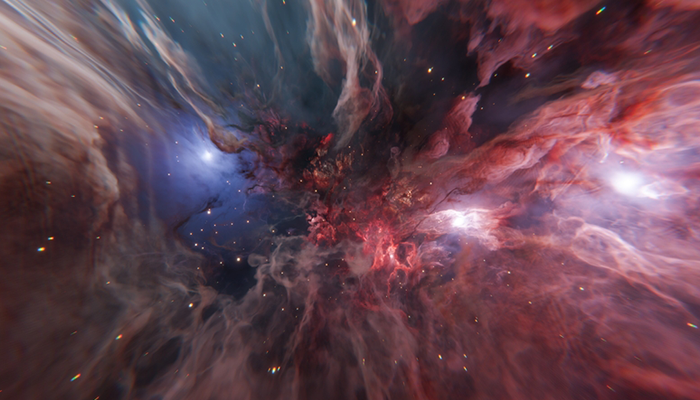On This Day (July 22) - Chandrayaan-2 Was Launched By ISRO In 2019: Why Did The Mission Fail?
- Admin
- 1 year ago
- 4 minutes read

Launched on July 22, 2019, the spacecraft reached lunar orbit on August 20, 2019. Its lander crashed on September 6 while attempting a lunar landing.
“It’s fine to celebrate success but it is more important to heed the lessons of failure." - Bill Gates
They say failure is just one step towards success. Take the example of ISRO's (Indian Space Research Organization) Chandrayaan program. The third mission in the program was a success last year, making India the first nation to successfully land a spacecraft in the lunar south pole region. It was a remarkable moment, and I'm sure you remember how the entire country came together to celebrate this. However, now hardly anyone remembers that before Chandrayaan-3, there was Chandrayaan-2 which had failed (although partially) to achieve its objective. Had the ISRO, or the Indian government, given up after that failure, would they have achieved this incredible victory? The simple answer: No! And that's exactly why it's important to fail. Because failure, as Thomas Alva Edison said, is all about finding "ways that will not work.”

Well, Chandrayaan-2, ISRO's second lunar exploration mission after Chandrayaan-1, was launched on July 22 back in 2019. To mark its 5th anniversary today, let's learn about the mission, and understand why it failed.
About The Mission
Developed by ISRO, Chandrayaan-2 was launched from the second launch pad at the Satish Dhawan Space Centre in Andhra Pradesh on July 22, 2019, by an LVM3-M1 rocket. The mission's main objective was to "illustrate the ability to soft-land and operate a robotic rover on the lunar surface". Besides, its goals also include studying lunar topography, mineralogy, elemental abundance, the lunar exosphere, and signatures of hydroxyl and water ice.

The spacecraft consisted of a lunar orbiter, the Vikram lunar lander, and the Pragyan rover - all developed in India.
Why Did Chandrayaan-2 Fail?
The spacecraft reached lunar orbit on August 20, 2019. It was aimed for a smooth landing on the lunar surface, about 600 kilometers from the South Pole. However, while attempting the landing on September 6, the lander crashed.

Actually, due to a software glitch, ISRO lost all contact with the lander right before its landing (when it was just 400 meters away from the lunar surface). It tilted 410 degrees instead of the planned 55 degrees, while its velocity also went out of control. As a result, it (along with the Pragyan rover) crashed when landed on the Moon. However, the orbiter was successfully placed in the orbit as planned, and it continues to operate. Hence, it's a partial failure!

When ISRO Chairman S Somanath Spoke About Chandrayaan-2’s Failure
Speaking about the mission's failure, ISRO Chairman S Somanath later shared in an interview, "The primary issues were: One, we had five engines which were which were used to reduce the velocity (called retardation). These engineers developed higher thrust. When such a higher thrust was happening, the errors on account of this differential were accumulated over some period. All the errors accumulated, which was slightly higher than what we expected. When it (lander) started to turn very fast, its ability to turn was limited by the software because we never expected such high rates to come. This was the second issue. The third reason for failure was the small size of 500m*500m for the landing of the lander."

Some Interesting Facts to Know
The key scientists and engineers involved in Chandrayaan-2's development are Ritu Karidhal (Mission Director), Muthayya Vanitha (Project Director), Kalpana Kalahasti (Associate Project Director), G. Nagesh (Project Director), and Chandrakanta Kumar (Deputy Project Director) among others.
The orbiter is still active and has provided us with some valuable data regarding the Lunar Atmosphere. Its discoveries include the detection of sodium, hydroxyl, and water molecules, the presence of several rare elements, and the distribution of gas among others.

Learning from Chandrayaan-2's failures, the engineers at ISRO made various structural changes for Chandrayaan-3, leading to its success.

